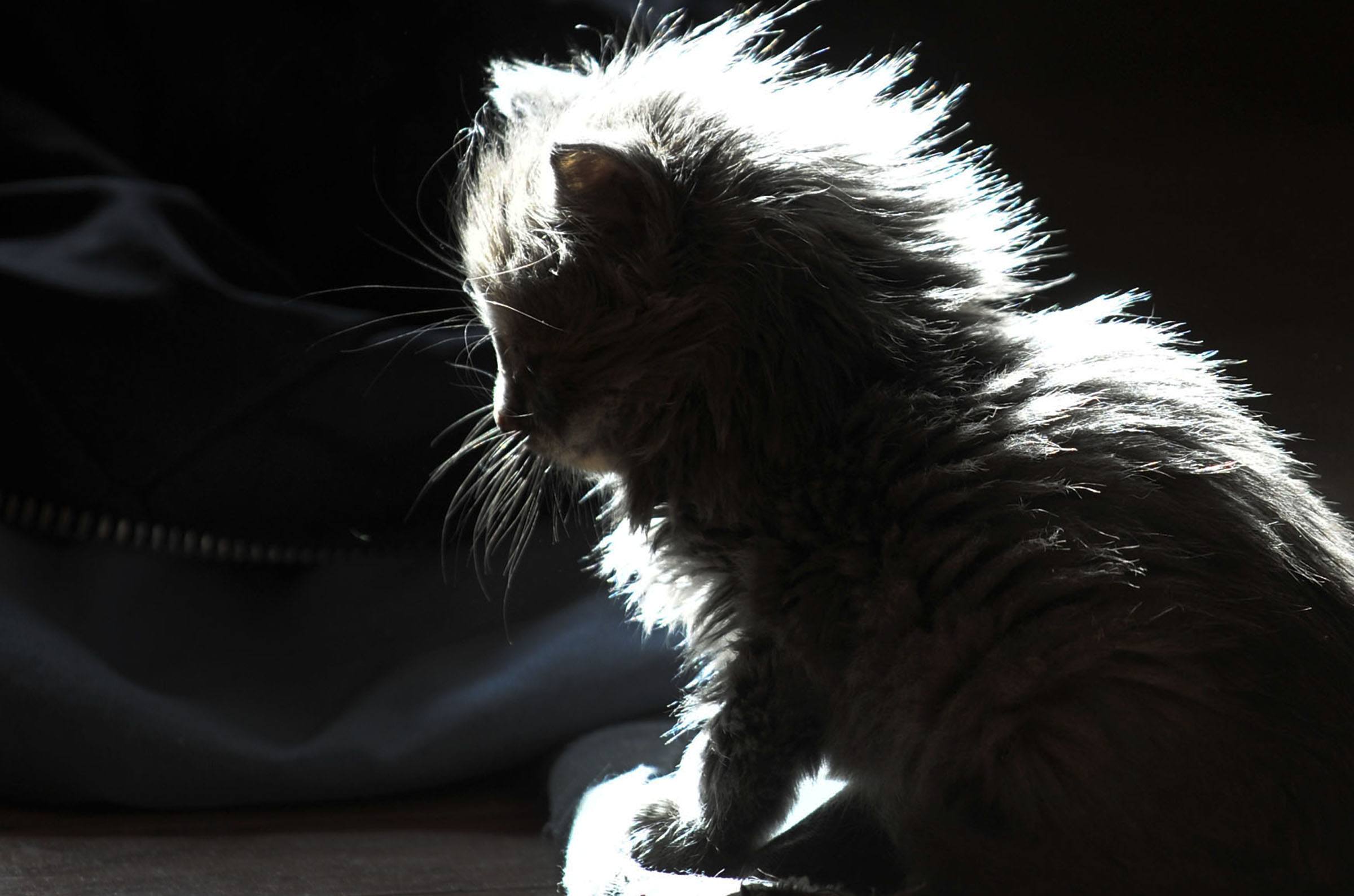Numerous felines are in quarantine at the Red Deer and District SPCA after ringworm was recently discovered in the facility.
The SPCA has been closed for just over a week to perform a complete environmental clean and disinfection of their new facility. Though this semi-annual exercise is part of their scheduled maintenance program, the timing of the closure has been two-fold.
In September a cat in a public free roam area at the SPCA was diagnosed with ringworm, treated and immediately put into isolation. Ringworm is transferred by direct contact and under the right conditions can move from humans to animals and vice versa.
Once exposed, it can take two to four weeks for any symptoms to show, hence the potential for other animals to be infected before the fungus is discovered.
“As a facility that admits hundreds of animals with unknown histories and hundreds of people walking through our doors each month we always need to be aware of and manage the associated risk,” said Julie McInnis, executive director of the Red Deer and District SPCA. “It is not unusual for a shelter to be exposed to disease, either by humans or animals. We have strict hygiene and biosecurity protocols in place but have no way of confirming how the fungus came into our facility.”
The SPCA’s new resident veterinarian Dr. Kimberly Toovey said ringworm is not a life threatening disease.
“It is a very treatable fungal skin infection. It is itchy, causing sores and bald patches to the animal but it is not fatal. It is similar to athlete’s foot,” she said. “However, ringworm can be very serious and even life threatening in cases of immune compromised animals, for example in young puppies and kittens, aging animals or those with poor health. Our biggest challenge is containing the fungus so it doesn’t spread or re-contaminate.”
The centre is currently sheltering about 85 cats and all are being treated for the fungus. This is a very expensive and labour intensive process.
McInnis estimates the total cost for the treatments, medications and decontamination will be in the $30,000 – $35,000 area.
“Our staff, in consultation with our board of directors and Alberta SPCA, has made the decision to treat the animals. The only other alternative is depopulation and we are not even considering this at this time,” said McInnis. “We know our community wants us to do everything we can to gets these cats healthy again. As a community that promotes a ‘max-adopt – no kill’ philosophy, we are optimistic the necessary financial support will come forward to help us.”
There are no confirmed cases of ringworm in the SPCA dog or rabbit populations, though all animals are being scanned and cultured as a precaution. Canines are not as susceptible as felines to ringworm infection.
To learn more about ringworm and the SPCA treatment strategy please visit www.reddeerspca.com
efawcett@reddeerexpress.com



